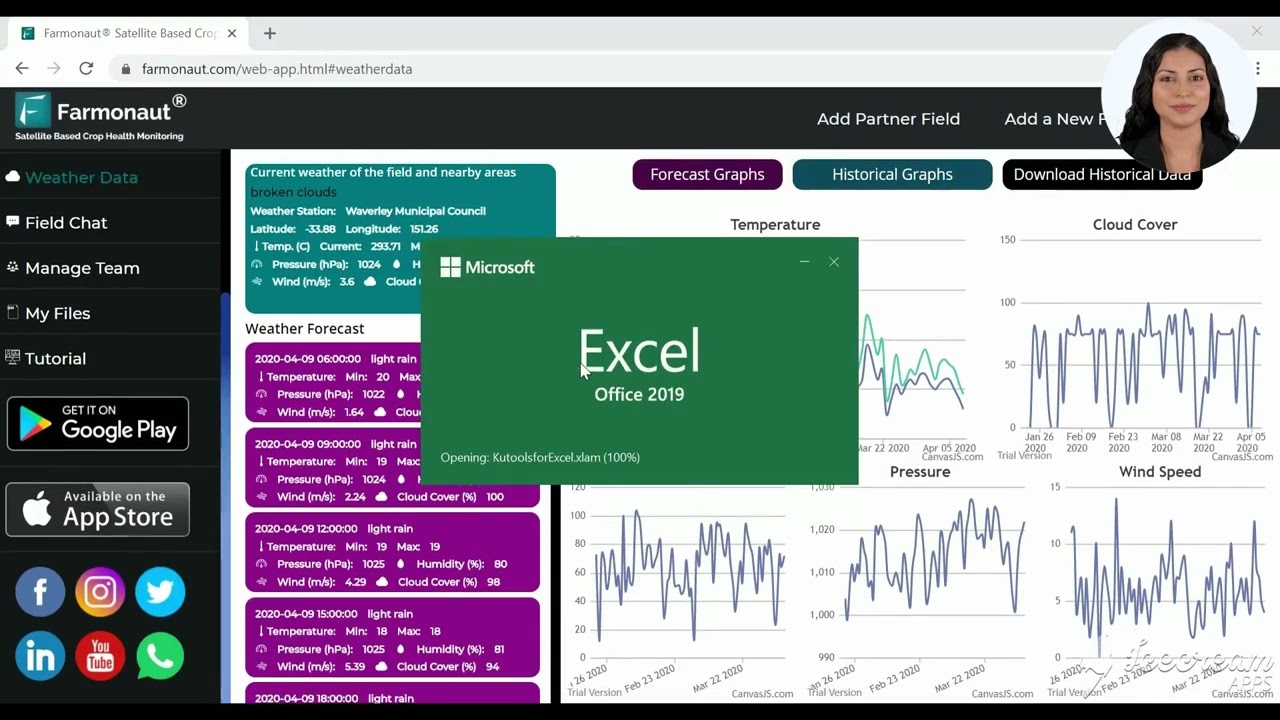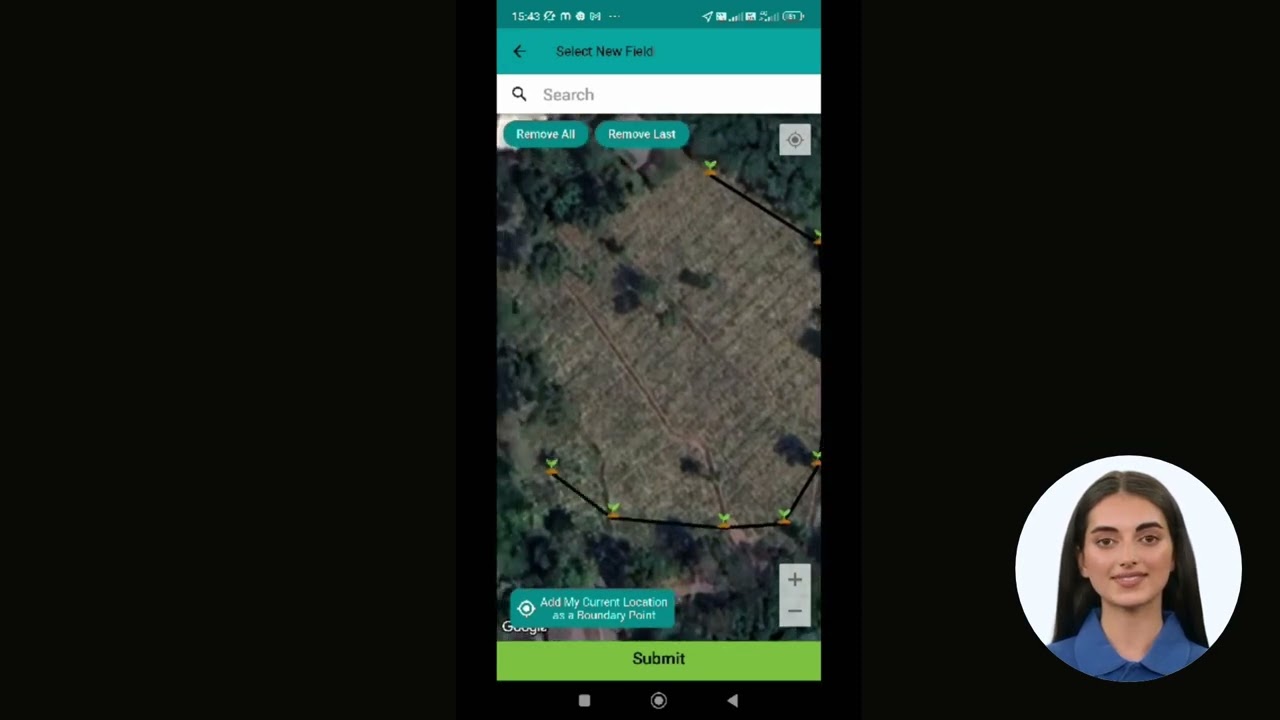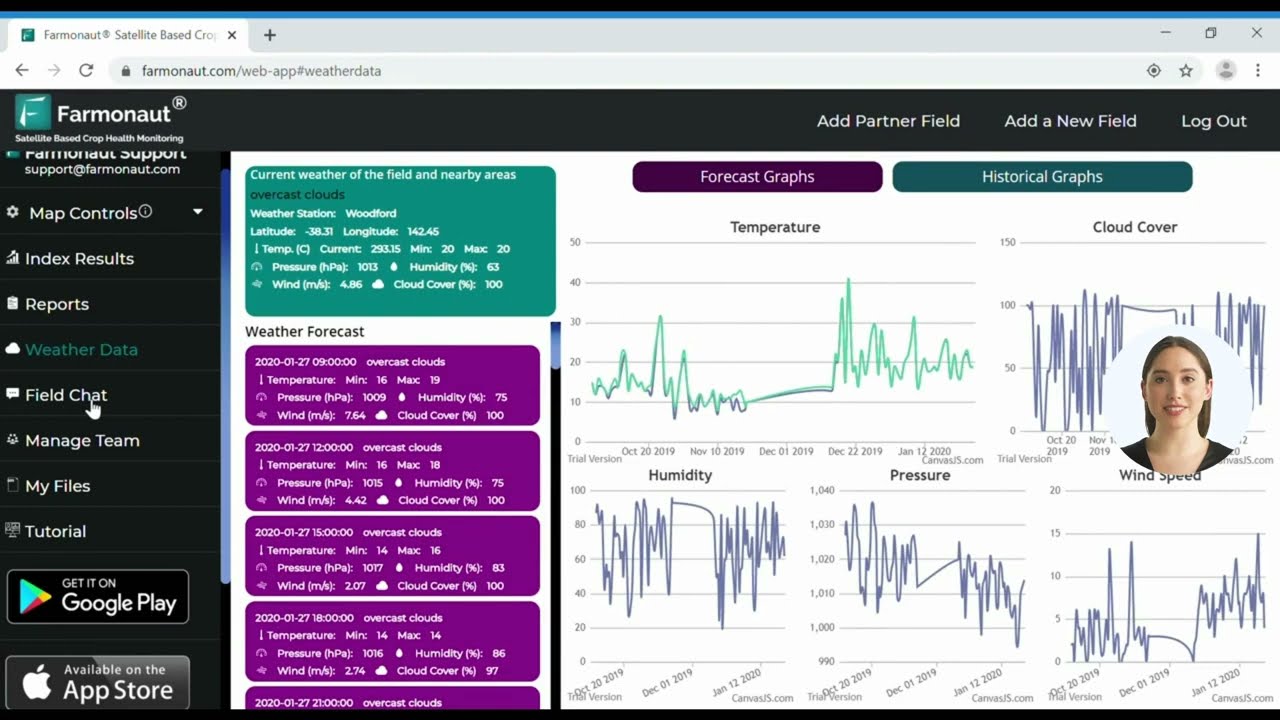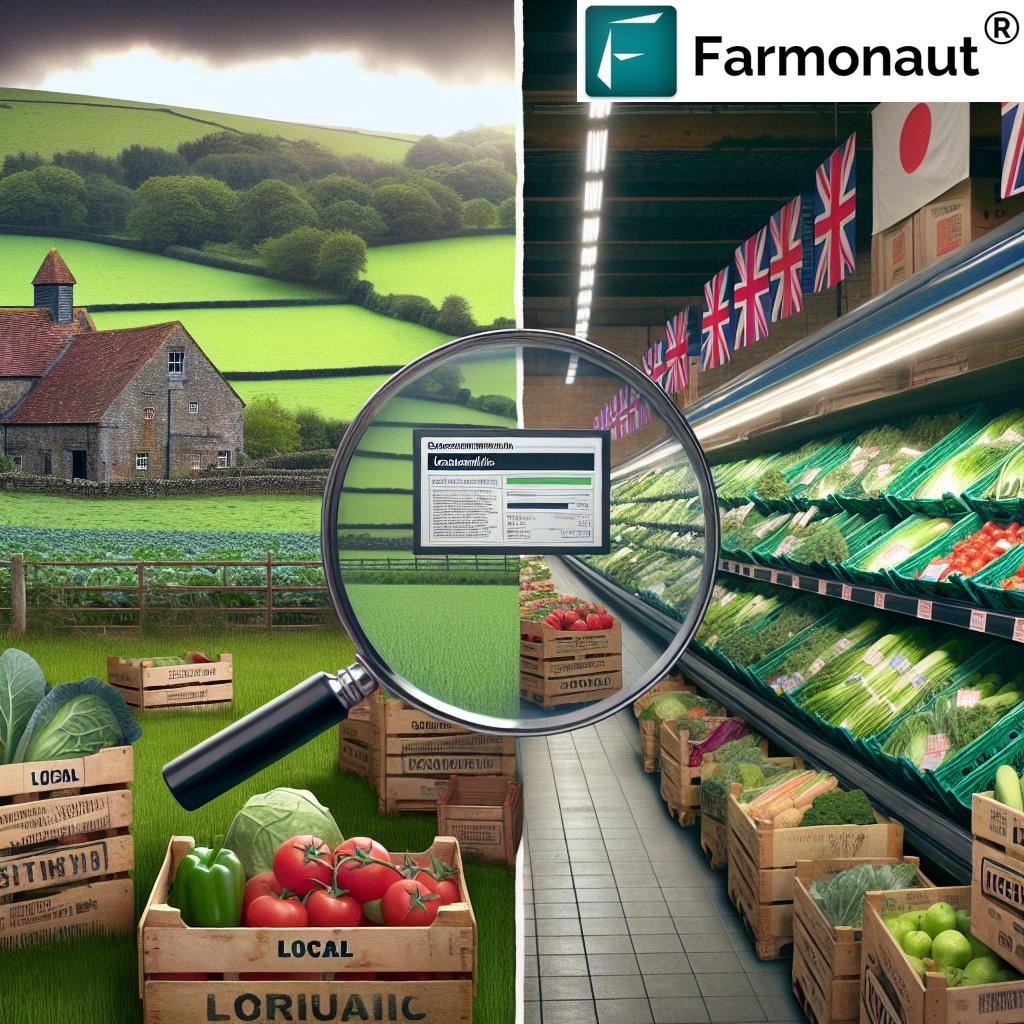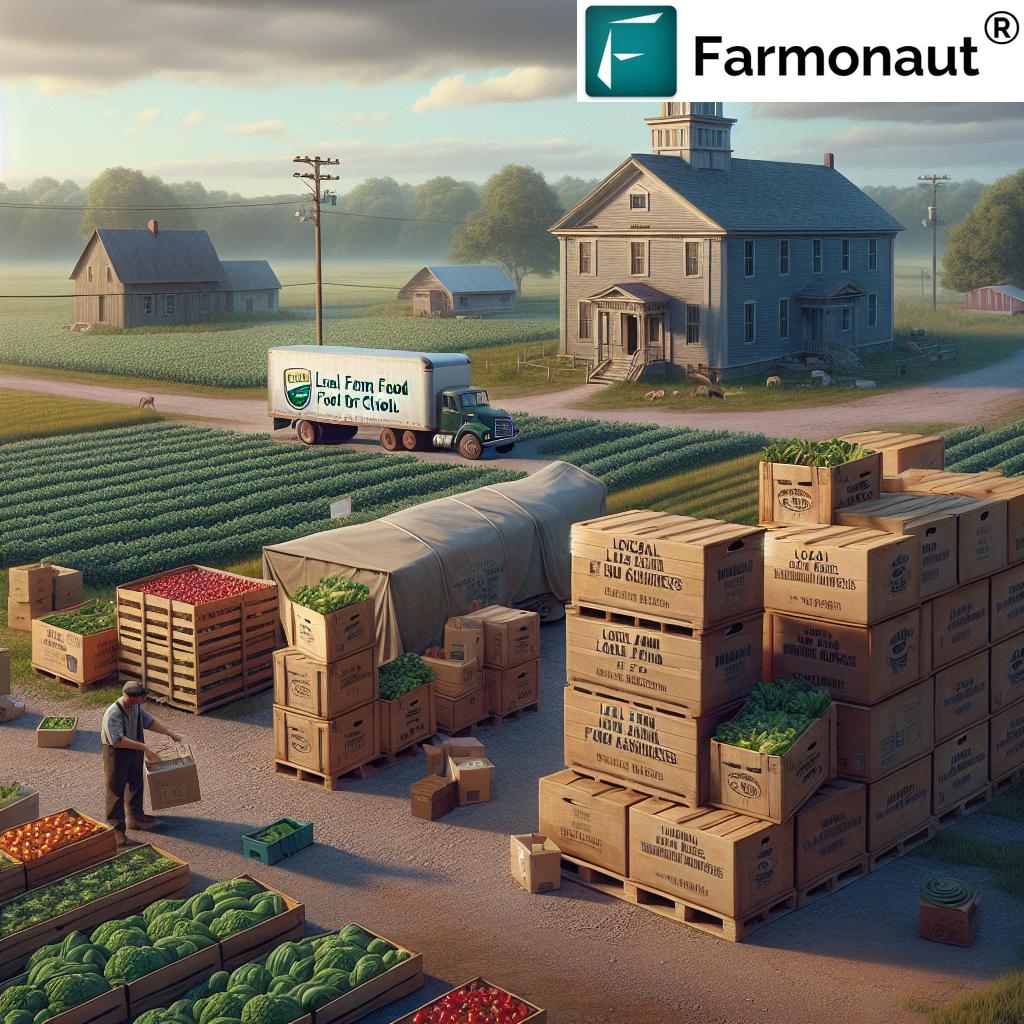Spring Gardening Tips: 7 Essential Steps for Manchester Gardeners
“Manchester gardeners can boost plant growth by up to 30% with proper spring soil preparation, according to local experts.”
Introduction: Preparing for a Successful Manchester Spring Garden
Spring in Manchester is a time of renewal, brimming with excitement for gardeners across our area. Whether we are long-time members of the Garden Club of Manchester (GCM), new to local gardening, or simply seeking ways to improve our gardens after a harsh season, these spring gardening tips are designed for us.
According to Pat Cherry, co-president of GCM, even if April mornings are chilly, the right planning and preparation now lay the foundation for outstanding garden growth once planting season begins. “It may still be 35 degrees outside in mid-April,” says Cherry, “but prepping your garden for spring planting will save you time and make your work more efficient and effective.”
Let’s explore seven essential steps every Manchester gardener should take to create a flourishing garden this spring. We’ll break down when to start, how to prepare your soil, the importance of sketching your garden plan, and why community collaboration, research, and local resources make all the difference. These guidelines not only draw from the wisdom of GCM but also leverage modern technology and data for optimal results.
“Following 7 essential spring gardening steps can increase flower bloom rates by 25% in Manchester gardens.”
Step-By-Step Spring Gardening: Essential Steps for Manchester Gardeners
| Step Number | Task Name | Description | Estimated Time (hrs) | Recommended Tools / Materials | Expected Outcome |
|---|---|---|---|---|---|
| 1 | Watch the Weather | Monitor local temperatures and frost dates to determine the right time to start prepping and planting outdoors. | 1-2 | Weather App, Thermometer, Calendar | Ensures optimal timing, protects fragile plants. |
| 2 | Get Outside, Remove Debris | Clear leaf litter, twigs, dead stalks, and branches. Set up or enhance composting system. | 2-4 | Garden Gloves, Clippers, Rake, Compost Bin | Cleaner, healthier garden space for new growth. |
| 3 | Prepping the Soil | Test soil, adjust pH, add compost/mulch, and improve texture for optimal plant growth. | 2-3 | Soil Test Kit, Compost, Mulch, Shovel | Nutrient-rich, well-balanced soil structure. |
| 4 | Research (Plants & Tools) | Identify existing and potential plants, research needs, and learn proper care methods. | 3-5 | Plant ID App, Books, Online Resources, Notebook | Improved plant choices and efficient garden care. |
| 5 | Take Inventory | Audit tools and supplies; clean, repair or replace as needed. | 1-2 | Checklist, Cleaning Supplies, Sharpeners | All equipment in top shape for gardening season. |
| 6 | Start Sketching | Map and design your garden layout, considering sunlight, spacing, and companion planting. | 2-4 | Paper, Pencil, Ruler, Garden Journal | A clear, actionable plan for planting and care. |
| 7 | Collaborate | Engage with clubs & online groups for community support, resources, and tips. | 1-3 (ongoing) | Club Membership, Social Media, Event Calendars | Stronger network, expert tips, shared resources. |
1. Watch the Weather: Timing is Everything
When considering how to prepare your garden for spring, we must first remember that timing is everything. In Manchester and the wider Southern Vermont region, weather patterns frequently shift in spring, with frost sometimes extending late into April or even May. According to both Urban Farmer and The Old Farmer’s Almanac, the “average last frost date” in Southern Vermont is around May 18. However, variations in elevation, sun exposure, or even microclimates around your home mean we should sometimes delay planting an extra week or two.
Key Tips for Gardeners in Manchester:
- Monitor weather with a reliable weather app or thermometer. Consistently warm daytime temperatures (around 50°F/10°C for a week) signal it’s safe to begin prepping—but not yet planting.
- Adjust your plan for higher elevations or shady, enclosed locations—these areas stay frosty longer. Err on the side of caution when planting annuals and vegetables, which are more tender.
- Remember: Perennials adapt better but still benefit from careful timing.
By syncing our gardening activities with the weather, we reduce the risk of frost damage and optimize plant health for the months ahead—a lesson at the core of spring gardening tips from experts at the Garden Club of Manchester.
2. Get Outside: Removing Debris & Tidying the Garden
Once the temperatures are right, it’s time for us to head outside, gloves and clippers in hand. The second step on our gardening checklist is all about removing debris from the garden, such as excessive leaf litter, dead stalks, and twigs that accumulate over winter.
Why Remove Debris?
- Debris harbors pests and diseases in the soil and around plants.
- Tidying up makes our gardens tidier and creates healthier conditions for new growth.
- Collecting leaf litter and twigs kickstarts a composting process, recycling organic matter for use as nutrient-rich soil amendments later.
Composting Tips:
- Separate easily compostable soft matter (leaves, green clippings) from woodier twigs for faster decomposition.
- If you don’t have a compost bin, simple wire mesh or a corner heap works well.
- Keep the pile moist and turn it occasionally for best results.
Avoiding Damage:
We must take care to identify shoots and early growth emerging from the ground. Only remove debris that is truly dead or leftover from last year. When considering what to prune, remember: Most spring-blooming plants should not be pruned at this stage, as we risk cutting off this year’s flowers.
“To prune or not to prune – that is the $100,000 question. It’s important to know what plants need to be pruned – and how that specific plant needs to be pruned. They are all different. And, when pruning, leave those plants that bloom in spring alone. You don’t want to cut off this year’s flowers.” — Advice from GCM’s Lisa Welp
3. Prepping the Soil: The Foundation of Growth
Optimal soil health is the basis of every successful garden. Well-prepared soil encourages robust growth, healthy root systems, and plentiful harvests. Testing soil pH for plants is especially vital—the best soil for vegetables and flowers in most Manchester gardens is slightly acidic to neutral (pH 5.5 to 7).
How to Prepare Your Soil for Spring:
- Test your soil. Use a soil test kit or take a sample to your local garden center. Home test kits are widely available, or consult testing labs in the Manchester area.
- Testing reveals pH and nutrient content (nitrogen, phosphorus, potassium, etc.).
- Record your levels and plan soil amendments accordingly.
- Adjust the pH.
- If your pH is too low (acidic), add agricultural lime.
- If too high (alkaline), use elemental sulfur or acidifying fertilizers.
- Amend with organic matter.
- Work in composted leaves, garden compost, or well-rotted manure to enrich nutrients and improve texture.
- Mulch helps retain moisture and regulate temperature.
- Till or aerate if needed.
- Break up compacted areas so roots can spread easily.
A healthy, fertile ground helps us avoid issues like root rot, poor nutrient uptake, and stunted growth. For larger plots or high-value crops, satellite-based tools like those from Farmonaut offer advanced soil moisture and crop health tracking, taking our soil prep to the next level.
“Regular soil preparation before the season can boost vegetable yields by 20% and significantly improve soil structure over time.”
4. Do Research: Know Your Plants and Tools
Investigating what is already in our gardens and researching proper care is among the best spring gardening tips for both local experts and newcomers alike.
- Use a plant identification app on your smartphone to identify unknown species. Snap photos, log their location, and create a digital plant list.
- Visit your local library for gardening books, or search trusted websites and youtube tutorials for plant care guides.
- Record whether each species is an annual, perennial, shrub, or tree—and note their care requirements in your garden journal.
Pro Tip: Early spring is a great time to divide and transplant perennials, depending on weather and ground conditions.
Consider starting seeds indoors with grow lights or sunny windows to get a jump on the growing season. For each species, check the seed packet for sowing instructions: some require early indoor growth, while beans, peas, and certain hardy vegetables can be direct sown once the ground warms.
- Indoor seed starting tips: Use clean seed trays, maintain steady moisture, and use gentle heat for optimal germination.
- Seedlings should not be transplanted deeper or shallower than they were indoors to avoid “damping off” or root issues.
5. Take Inventory: Ensure Tools & Supplies Are Ready
Every gardening club member knows the importance of the right tools. A thorough inventory each spring saves us time and headaches later.
To-Do:
- Gather all gardening tools: pruners, gloves, rakes, trowels, hoses, and watering cans.
- Inspect and clean each tool. Sharpen blades; lubricate moving parts; replace broken handles or bent tines.
- For broken or missing gear, visit a local nursery, garden center, or hardware store—or shop online using reputable sources with reviews.
- Check estate sales, yard sales, or Facebook Marketplace for bargains on tools and gardening accessories.
- Inventory the seeds, bulbs, or plants we plan to add. Organize by planting date and space requirements.
A well-organized toolkit helps us respond quickly during the growing season and ensures that nothing slows us down when planting windows arrive.
6. Start Sketching: Plan and Design Your Garden Layout
Great gardens are not just about what we plant—but where and how we plant it. Garden planning and sketching is an underappreciated spring gardening tip that pays off handsomely later.
Steps to Sketching Your Manchester Garden:
- Use a notebook, graph paper, or a digital tool/app to make a to-scale sketch of your garden bed layouts.
- Label existing plants and their locations—add notes or symbols for planned additions.
- Research and mark the sunniest versus shadiest parts of your location; most vegetables and flowers need at least 6 hours of direct sunlight.
- Consider access for watering and weeding.
- Consult the USDA hardiness zone map to match plant species to our area and maximize survival rates.
Companion Planting Guide: Smarter Garden Design
Companion planting is an ancient practice—planting species together to naturally benefit one another. Here are a few strategic pairings for our Manchester gardens:
- Cucumbers and nasturtiums: Nasturtiums attract aphids away, protecting young cucumber plants.
- Marigolds: Plant around vegetable beds to deter borers and pests.
- Basil, parsley, oregano: Improve pollination while enhancing the flavor of peppers and tomatoes.
Benefits of Companion Planting:
- Pest management without chemicals
- Improved soil health and nutrient cycling
- Better pollination and increased yields
- Continuous blooms by combining plants with staggered flowering times
Use our companion planting guide when mapping out the garden to avoid competition and promote thriving growth for every plant species.
7. Collaborate: Community, Clubs, and Learning Together
No Manchester gardener is an island—our success often blossoms with the help of others. Engaging with clubs, online groups, and local plant sales broadens our knowledge, exposes us to new plant species, and provides direct answers from more experienced gardeners.
Join Your Local Garden Club:
- The Garden Club of Manchester (GCM) is a welcoming group of 90+ members, including master gardeners, hobbyists, and first-timers.
- Clubs in neighboring towns—Arlington, Bennington—are also great resources, and some join multiple groups for broader knowledge.
- Attend GCM’s spring plant sale (May 17 at Southern Vermont Arts Center). You’ll find starter plants, gently used tools, gardening accessories, and plenty of expert advice.
- Don’t forget to follow GCM’s Facebook page for event announcements, weather and planting alerts, and idea sharing.
Leverage Online Communities:
- Join regional Facebook gardening groups or forums tailored to Southern Vermont and Manchester.
- Share photos, ask questions, and offer advice to strengthen the gardening network.
- Youtube remains an excellent platform for visual learners—search “Manchester spring gardening tips” for video How-Tos covering every technique.
How Farmonaut Empowers Modern Gardeners
Today’s most successful gardens—whether backyard plots or larger family farms—increasingly rely on precision agriculture and insightful data. Farmonaut is an agricultural technology company helping us bring these advantages affordably to both home and commercial plots.
Farmonaut at a Glance: Elevate Your Spring Gardening
- Satellite-Based Crop Health Monitoring: Harness satellite imagery for real-time plant health analysis, vegetation indices (NDVI), and soil moisture results—enabling smarter irrigation and fertilization strategies.
- Jeevn AI Advisory: Farmonaut’s artificial intelligence provides tailored garden management tips, including weather forecasts and pest mitigation plans, all rooted in actual field data.
- Blockchain Product Traceability: For those producing marketable crops, this innovative system tracks your harvest from farm to table, ensuring quality and transparency. Learn more about traceability here.
- Resource Management Tools: Fleet, equipment, and supply tracking simplify operations for community gardens or group-managed spaces. Discover resource management benefits here.
- Carbon Footprinting: Track the environmental impact of your spring gardening, from soil amendments to tillage practices. See how you can reduce your carbon footprint.
All these features are available through Farmonaut’s Android, iOS, and web apps, making advanced planning and ongoing monitoring accessible from any device, anywhere!
View API Developer Documentation
Learn more about large-scale farm management
Understand crop loan and insurance verification
Frequently Asked Questions (FAQ)
-
Q: When should we start planting in southern Vermont and Manchester?
A: The average last frost date is around May 18, but always check current weather forecasts and local microclimates. Some recommend waiting a week or two past this to ensure no late frost harms tender plants. -
Q: What crops can be direct sown early outdoors?
A: As soon as the ground thaws, peas, beans, and cold-tolerant greens can be direct sown. Always confirm by referencing your seed packets and local recommendations. -
Q: How often should I test my soil pH and nutrient content?
A: At least once per year, preferably before the planting season. Adjust pH with lime or sulfur to maintain the optimal 5.5–7.0 range for most species. -
Q: Is companion planting worth the effort?
A: Yes! Using a companion planting guide helps with pest control, soil health, and increasing yield. Examples: Nasturtiums for cucumbers, marigolds for vegetables. -
Q: What are the best online tools for garden planning?
A: Many free and paid apps are available—Garden Planner, GrowVeg, and even simple note-taking or sketching apps. Farmonaut offers advanced analytical tools if you want a more data-driven approach. -
Q: How do we join the Garden Club of Manchester?
A: Attend a local meeting, plant sale, or reach out via their Facebook page for membership information.
Conclusion: Manchester Spring Gardens Start Here
Whether we’re just beginning our gardening journey or continuing generations-old traditions in Manchester, following these spring gardening tips sets us up for a flourishing and resilient growing season. By watching the weather, prepping soil, smart planning and sketching, learning from community groups, and leveraging tools like Farmonaut’s precision agriculture platform, our gardens can achieve new levels of productivity and beauty.
Let’s make this spring the most successful one yet. Take advantage of the GCM’s expertise, join your local garden club, and don’t hesitate to use modern data-driven resources to amplify your gardening success!
Ready to modernize your spring garden in Manchester.
Try Farmonaut’s smart monitoring solutions across web, Android, and iOS.
Experience precision gardening in every season!






